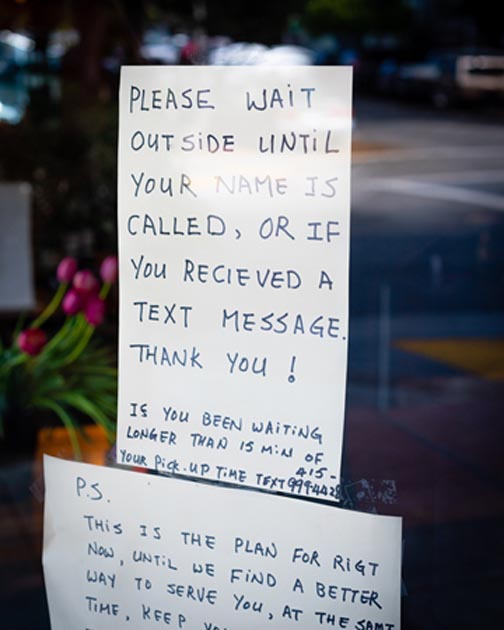
Why Should Every Grocery Store Provide Pickup And Delivery Service?
The E-commerce industry has impacted customer shopping behaviors visibly and has completely transformed the US retail landscape from brick and mortar stores to omnichannel platforms, more so in the past two decades.
While some grocers are learning from the change and making their way up in the industry by adapting to the changing patterns, others are finding it hard to survive and may disappear.
Research says that by the end of 2025, 20% of all grocery shopping will take place online. Many grocery stores have introduced services including pre-packing, curbside pickup, and working with third-party delivery services. But not a lot of them have developed a program to deliver groceries to the doorstep.
It is the need of the hour to evaluate your priorities and take the right steps ahead. There is no time to waste, especially when technology adoption is at an all-time high for e.g. TV took 13 years to reach 50 million users, Facebook just took one year, and twitter only took nine months to reach that number.
This is the reason that major grocery players, including big names like Walmart, Kroger, Amazon, and Target, are making their presence felt online. While big businesses are taking the help of their existing e-commerce stores to fill the gaps in the grocery industry, it is high time for small businesses to make the most out of platforms like Otrack.io to launch their own grocery stores online.
Consumer Behavior in COVID-19
In the modernization of traditional retail, grocery stores have been the strongest contender where online demand was equally matched by retail stores. There is just something nice about picking and choosing your own food, fresh vegetables, and fruits. The experience can be truly rewarding for people.
No doubt, the demand for online pick and drop services has increased in recent years. Until the COVID crisis has hit countries all around the world, forcing people to look for safer, alternative ways of shopping. After all, it just isn’t worth it to lose your life over a bag of potatoes.
Soon, grocery stores discovered one stark reality. Many of them were not equipped to match the demand for delivery, which gave birth to numerous delivery services. Amazon has always been big in the delivery game, and with the launch of Prime 2-hour delivery, they became the favorite service for many.
People who were at risk, sick, alone, didn’t go out or couldn’t go out, became completely dependent on delivery services. As a wakeup call, many grocery stores realized many of them were losing thousands of dollars in business to competitors who had a delivery service.
Needless to say, the call for grocery stores to develop their delivery services is necessary, and here are some of the cases that prove why this is the need of the hour.
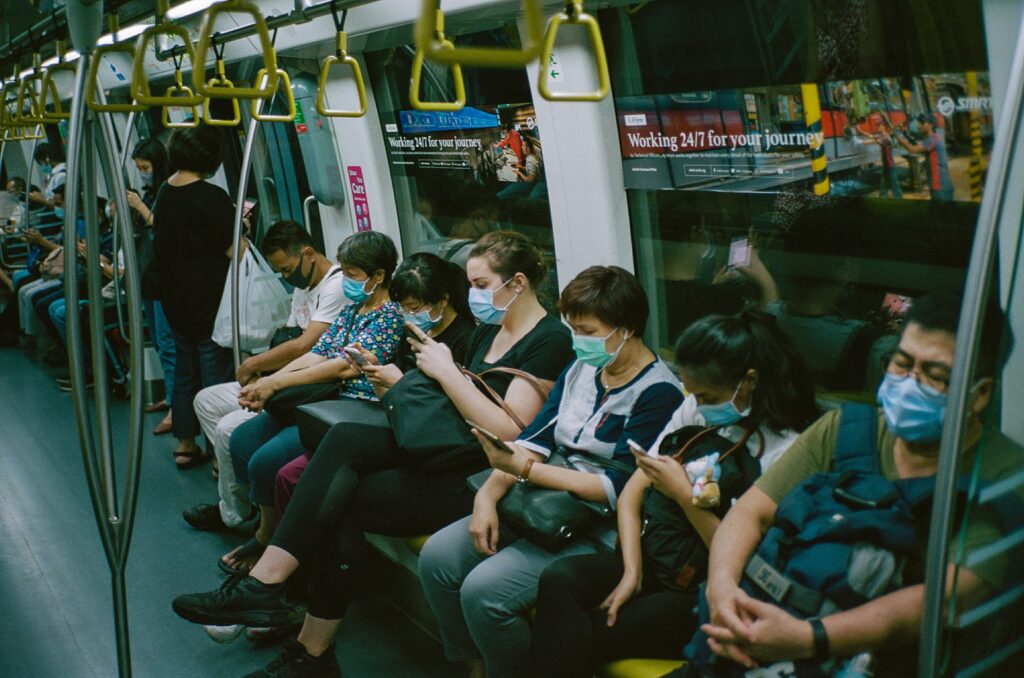
The Realities Of A Post-Apocalyptic World
In the initial days of Covid-19, when quarantine was still in full force, grocery stores have been a reprieve for many people. It was the only place they could go to without restrictions.
People have grown to become more cautious now. They do not want to be a part of a big crowd. Even if the lockdown relaxes in the future, it is unlikely that people will go grocery shopping and join the crowd as often as they were doing before.
This is why it is the right time now for grocers to launch their own grocery delivery services to survive in the market and thrive in the neck and throat competition.
Get Inspired From Giants’ Grocery Services
Amazon has been a trendsetter in many ways. Whether it is electronics, clothes, or streaming services, Amazon has pioneered pickup and drop services. Other major retail stores like Walmart and Target were not far behind though.
They have followed the suit by building their online store, where people can order items online. Of course, the storefronts are also open for interested shoppers, but more and more young shoppers are shifting their business online.
If you just consider Walmart, they have spent over $11 billion on optimizing the shopping experience of customers. Grocery Pickup and drop service has been a major part of this.
Kroger is also rolling out this service in selected stores. Price Chopper, Publix still don’t have the alms to create their delivery services. This is why they are leaning towards third party delivery services to fill in the gap, so they don’t end up losing business to Amazon.
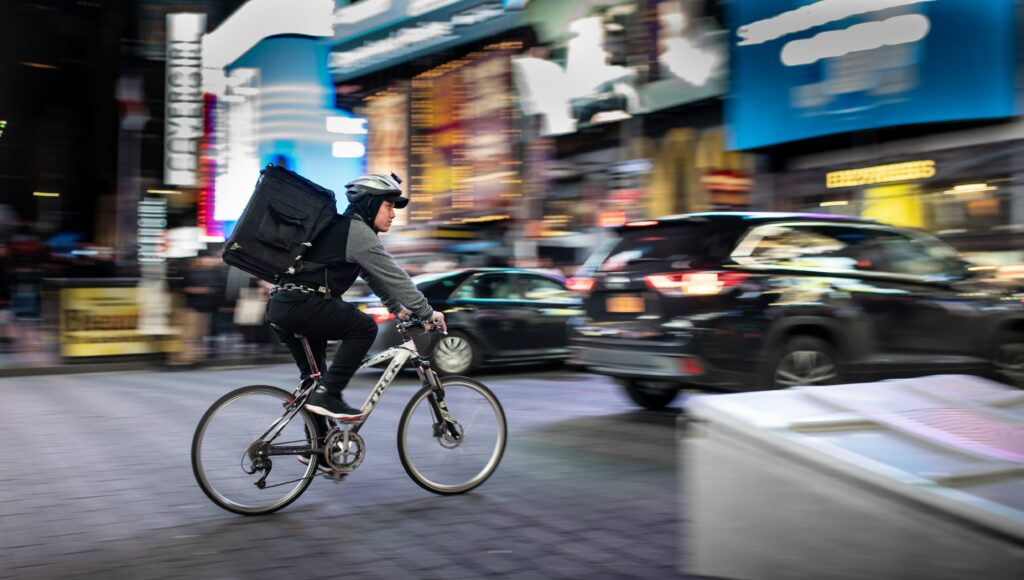
The Rise Of Third-Party Delivery Services
Third-party delivery services like Instacart have quickly picked up the shortfall of traditional retail stores and managed to make millions of dollars overnight. They have added convenient features like picking up alcohol, tools, and other supplies in addition to groceries. Instacart CEO revealed that they are going to process more than $35 billion worth of grocery orders by the end of this year.
Retail partners of these services are seeing over a 15% boost in online pickup orders. Most of this growth has happened pretty much within 2 months of the launch of Instacart. The idea is very clear. All retail stores understand the massive threat Amazon presents, and they are willing to do anything to keep away the big bad wolf that is eating away at the share of other stores.
Massive Demand Causing Waitlisting
Seamless delivery providers that offer the same or next day services are not yet sustainable for many stores. They need a massive manpower and transportation network that most stores do not have.
Grocery stores are still struggling with picking up the stress of the e-commerce rush. They still have to streamline curbside pick-up and delivery. No one has been prepared for the sudden pandemic, and even a giant like Amazon is struggling to fulfill orders.
They are asking customers to wait, disabling same-day delivery in many locations because it is just not sustainable with available resources at this point. Local mom and pop stores are working furiously to find a solution to the crisis.
ShopRite has even created a waitlisting service, where people have to wait in the virtual waiting rooms before they can make a purchase. All because of the sudden demand to shift in grocery pickup and drop.
That does not mean the death of traditional grocery stores. They have been crucial in fulfilling the increased demand that online delivery services could not fulfill.
Target fills 80% of its orders through the store instead of its warehouse. They have seen a 50% growth in the pickup sales orders. This is even before they started using the Shipt delivery service. Whole Foods has decided to make some of its locations to e-commerce service only. Amazon and Kroger have postponed the opening of their physical stores, so they could transform them into only online delivery services.
This is where grocers can make the most out of the prevailing gap, and provide the best services to their customers that they deserve.
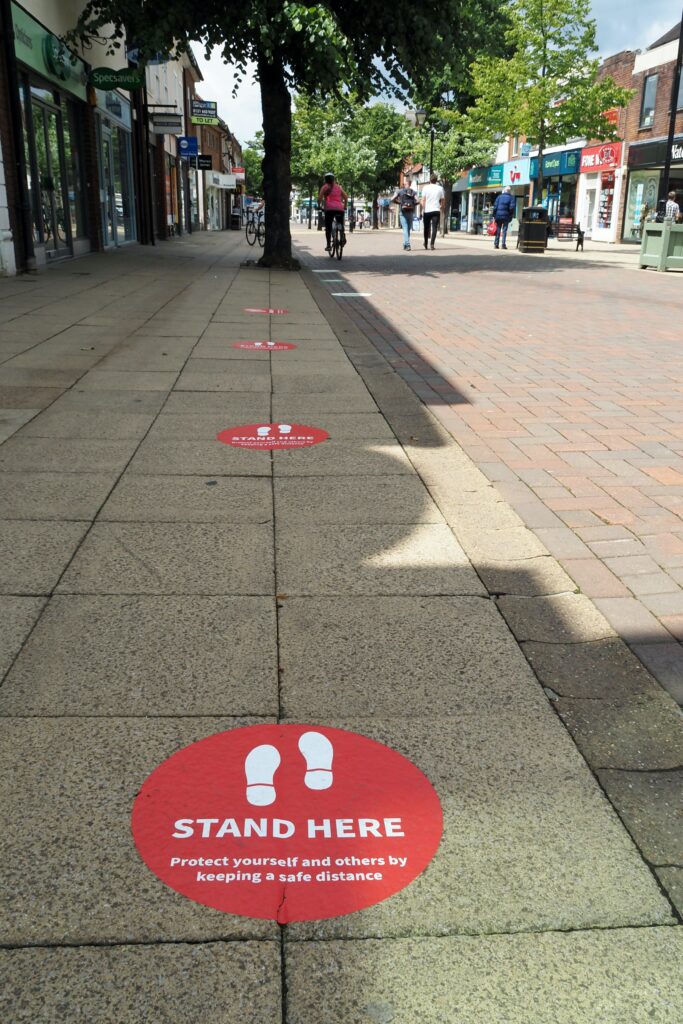
Final Call
The trend has been set and there is no going back. Grocery Pickup and drop services can keep picking up the slack for now, but customers have to pay hefty membership prices to opt them. This revenue stream is going to a third-party when it could be going to the grocery stores. The stores themselves are paying charges to partner with third-party services.
Grocers need to protect the health of essential workers and reduce the liability of the storefronts. This is why it makes sense to launch an online grocery pickup and delivery service.
We are sure, you will agree with us that now is the time to launch your grocery delivery service. If you are already making up your mind, Otrack grocery platform deserves your attention. Check out our platform now, and start selling online NOW!
Share
Recommended Posts
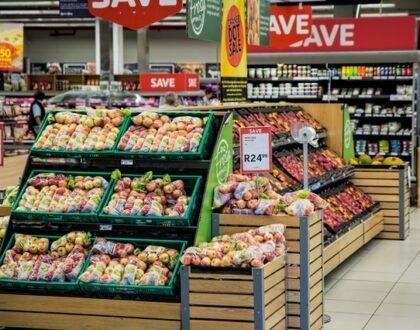
Why Instacart Costs More Than Actual Stores?
May 10, 2020

10 must to do rules in a successful plan
February 4, 2016
